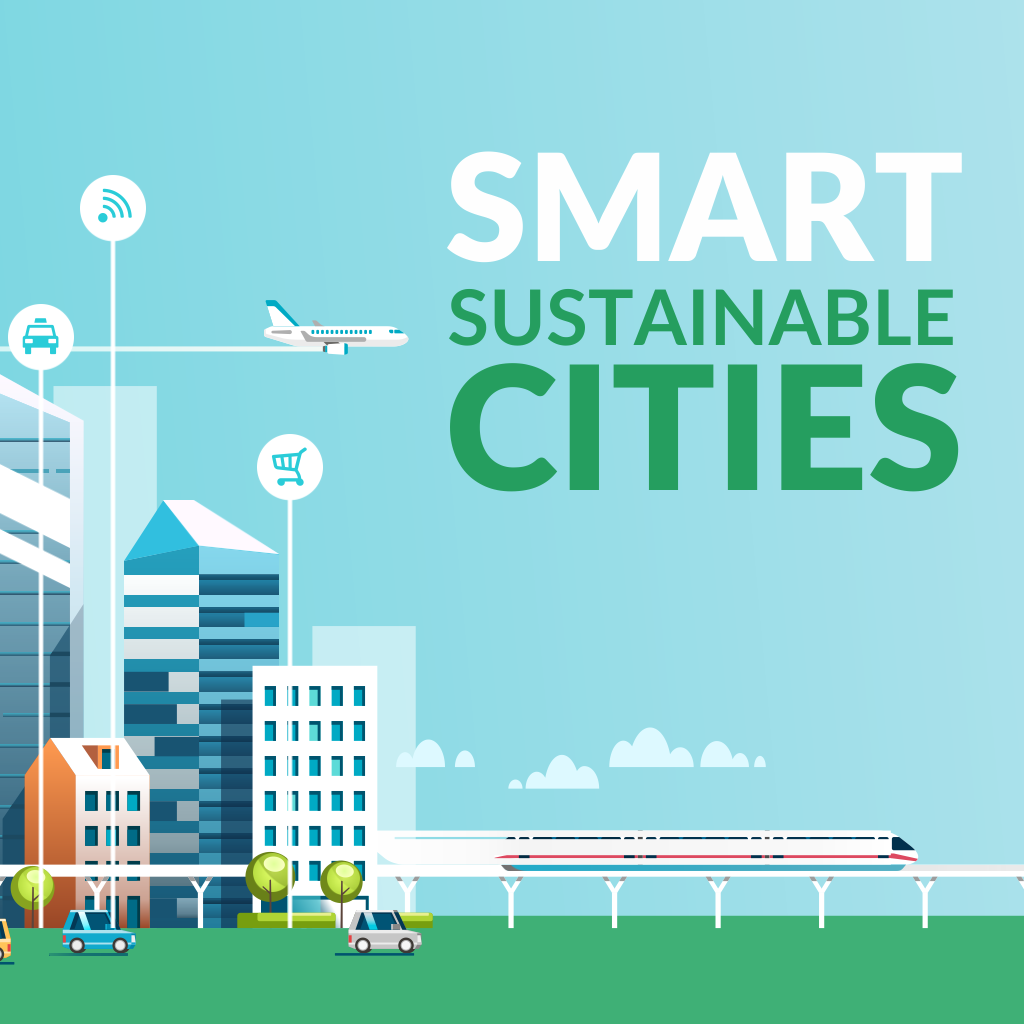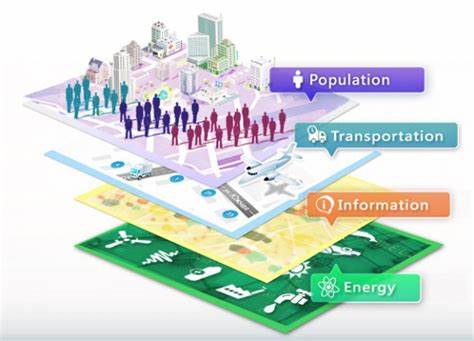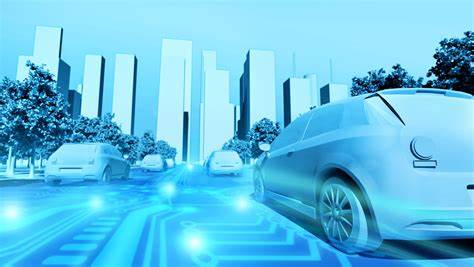
Creating Sustainable and Resilient Smart Cities through Smart Buildings
Introduction
Smart cities and smart buildings are emerging as key components of sustainable urban development in the 21st century. This article provides an overview of the importance of creating sustainable and resilient smart cities through smart buildings, highlighting their relevance in addressing the environmental, social, and economic challenges faced by urban areas.
Historical Background
The evolution of smart cities and smart buildings can be traced back to the early 20th century. From the invention of the telephone to the advancements in information and communication technologies, various milestones have contributed to the development of sustainable and resilient practices in urban areas.
Key Concepts and Definitions
Smart buildings: These are structures that utilize advanced technologies and systems to optimize energy consumption, improve operational efficiency, and enhance the overall comfort and well-being of occupants.
Sustainable cities: Sustainable cities are designed and managed to meet the needs of the present generation without compromising the ability of future generations to meet their own needs. They emphasize the efficient use of resources, reduction of carbon emissions, and the promotion of social equity.
Resilient cities: Resilient cities are capable of withstanding and recovering from shocks and stresses, such as natural disasters and economic downturns. They focus on building adaptive capacity, improving infrastructure, and enhancing the social and economic resilience of communities.

Main Discussion Points
Integration of smart technologies in buildings for sustainability and resilience
Incorporating smart technologies in buildings offers numerous benefits, including improved energy efficiency, optimized resource utilization, and enhanced occupant comfort. Smart buildings can also leverage data analytics and automation to optimize building performance and promote the well-being of occupants.
Strategies for creating sustainable and resilient smart cities through smart buildings
Green building design and construction: Sustainable building practices, such as the use of renewable materials and energy-efficient design, play a crucial role in creating sustainable and resilient smart cities.
Energy management and renewable energy integration: Smart buildings can integrate energy management systems and renewable energy sources to reduce carbon emissions and enhance energy efficiency.
Smart grid integration and demand response: By connecting to the smart grid, buildings can actively participate in demand response programs, optimizing energy consumption and reducing strain on the grid.
Data analytics and predictive maintenance for building efficiency: Smart buildings leverage data analytics and predictive maintenance to identify potential issues, optimize energy consumption, and prolong the lifespan of building systems.
Connectivity and interoperability for smart cities: Interconnected buildings and systems facilitate the exchange of data and information, enabling efficient resource allocation and coordinated actions across the city.
Collaborative approaches and stakeholder engagement for sustainable smart cities
Public-private partnerships: Collaborations between government entities and private organizations promote the development and implementation of smart building initiatives.
Citizen engagement and participation: Involving citizens in sustainable urban development fosters a sense of ownership and empowers communities to actively contribute to the creation of smart cities.
Regulatory frameworks and policies: Governments play a crucial role in promoting sustainable practices by implementing regulations and policies that incentivize the adoption of smart buildings in cities.

Case Studies or Examples
A. Masdar City, United Arab Emirates: Masdar City is an example of how smart buildings can contribute to sustainable urban development. The city utilizes advanced technologies to optimize energy consumption, manage waste, and reduce carbon emissions.
B. Seattle’s Bullitt Center: The Bullitt Center is a net-zero energy building that showcases the potential of sustainable design and construction. It incorporates renewable energy sources, efficient systems, and innovative technologies to minimize its environmental footprint.
C. Barcelona’s Superblocks: Barcelona’s Superblocks initiative transforms urban spaces into sustainable and resilient areas. By redesigning the city’s layout and promoting pedestrian-friendly environments, the Superblocks project enhances the livability and sustainability of the city.
Current Trends or Developments
Advancements in IoT technologies: The Internet of Things (IoT) is revolutionizing the way buildings and cities operate. IoT technologies enable real-time monitoring, automation, and data-driven decision-making, enhancing the efficiency and sustainability of smart buildings and cities.
Integration of artificial intelligence and machine learning: Artificial intelligence and machine learning algorithms are being integrated into building management systems, enabling predictive analytics, proactive maintenance, and optimized resource allocation.
Adoption of green building certifications and standards: Globally recognized certifications and standards, such as LEED and BREEAM, are driving the adoption of sustainable practices in building design and construction.
Challenges or Controversies
Data privacy and security concerns: The integration of smart technologies in cities raises concerns about the privacy and security of personal and sensitive data.
Financial barriers and cost-effectiveness: The upfront costs of implementing smart building technologies can be a barrier, and the cost-effectiveness of these technologies may vary depending on the context.
Equity and social inclusion: The development of smart cities should prioritize equity and social inclusion to ensure that all residents benefit from the advancements in technology and sustainable practices.

Future Outlook
Potential for scalability and replication: Sustainable and resilient smart city models have the potential to be scaled and replicated in different urban areas, contributing to global efforts in addressing climate change and promoting sustainable development.
Emerging technologies and innovations: Innovations such as autonomous vehicles, 3D printing, and advanced energy storage systems are shaping the future of smart buildings, offering new opportunities for sustainability and resilience.
Importance of continuous research and collaboration: Ongoing research, collaboration between different stakeholders, and knowledge-sharing are essential for the continuous evolution and improvement of smart city practices.
Conclusion
This article has highlighted the importance of creating sustainable and resilient smart cities through smart buildings. By integrating advanced technologies, implementing sustainable practices, and engaging stakeholders, cities can address the environmental and social challenges they face while improving the quality of life for their residents.




